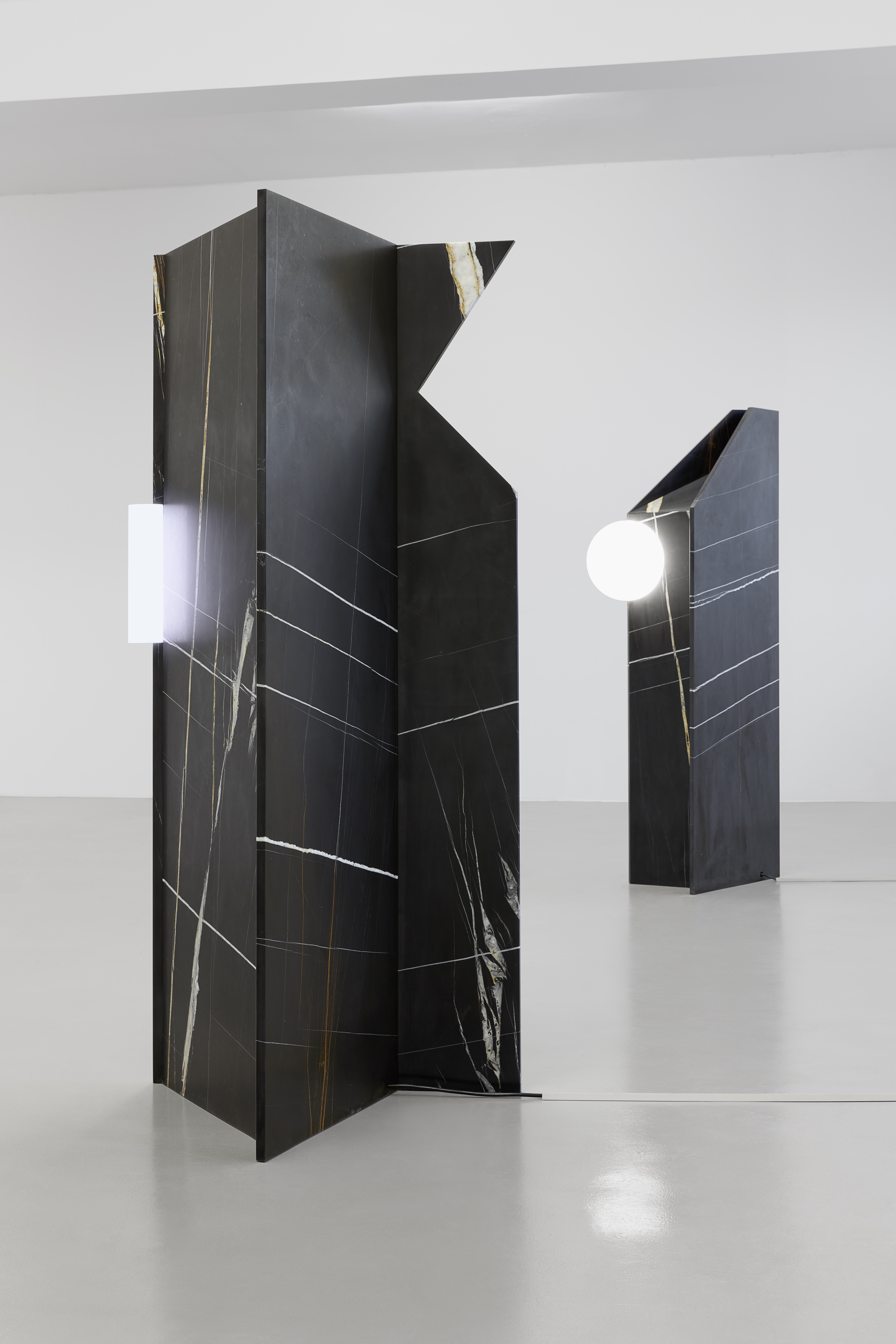Who exactly am I? What sets me apart? Where do I stand?
Our (Western) culture demands localization, classification, intensification, definition. We live in a world of "brands", which also forces persons under the umbrella of "labeling". Whether in public life or on private terrain: a clear identity is required.
The exhibition FLOAT counters this cultural "pressure-space" with the relaxing concept of the "in-between". Because the reality is: we are more complex and diverse than "labels" suggest. We are more than the addition of defining criteria. Life is a process that fundamentally defies static fixation. Life situations, social contexts, relationships, bodies, experiences and interests change. We are many and many things. And we are always in flux.
Following the strategy of the in-between means perceiving and acknowledging plurality. In concrete terms, this means trying out different ways of looking at things, combining approaches, opening up to multilingualism, and curiously exploring the potential that blurring, ambiguity, and fluid transitions hold.
The title of the exhibition project and the symbol for the exploration of the strategy of the in-between is the floating buoy. The buoy floats, but it floats with a purpose. A drifting buoy collects data for scientific analysis. Equipped with sensors, transmitter and receiver, it is in exchange with its near and a distant environment and communicates continuously. A multifocal, dynamic image emerges from the networking of data and signals.
The exhibition FLOAT invites you to become such a buoy and to let yourself drift. To dive in, to let go, to change glasses and filters. And to discover new questions, new answers, new ways of perceiving and describing reality.
The participating artists lay out traces and suggestions for this with their works. With their work, their person, their biography and other aspects, they oppose unambiguous categorization. Neither they themselves nor their works fit into the usual pigeonholes. The question even arises: Are the objects, installations and actions really "just" art - or what else?
Participating artists: Cassils, Ji Su Kang-Gatto, Kapwani Kiwanga, Guda Koster, Murat Önen, Aslı Özçelik |Nina Paszkowski, Christiane Peschek, Johanna Reich, Marleen Rothaus, Lerato Shadi.
Curated by Lorenza Kaib
Curatorial assistance: Helena Grebe
The project is sponsored by Stiftung Niedersachsen, Volksbank Celle and VR Stiftung der Volksbanken und Raiffeisenbanken.
The opening will take place on March 26, 2023, starting at 2 p.m. at Kunstmuseum Celle.










